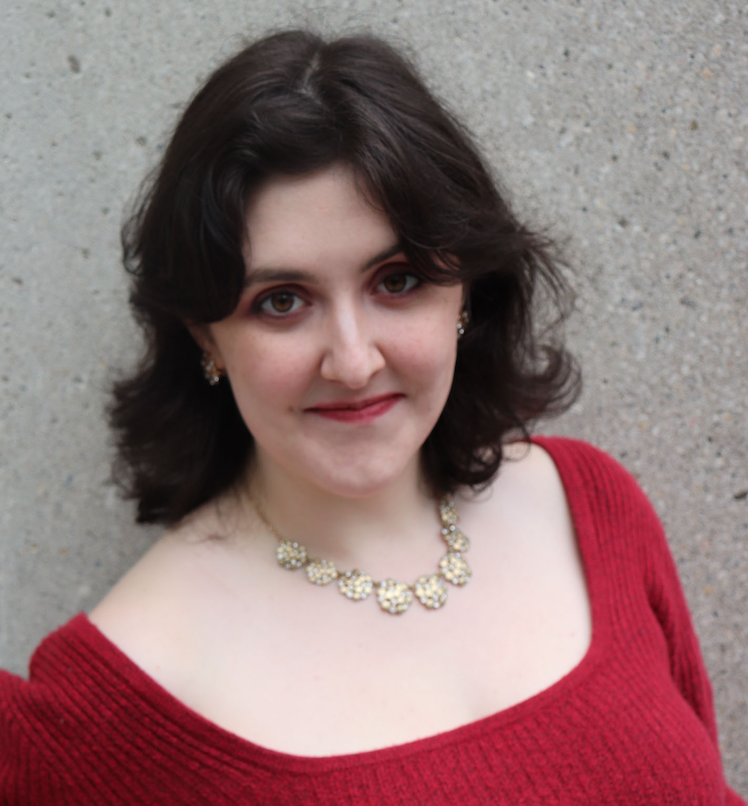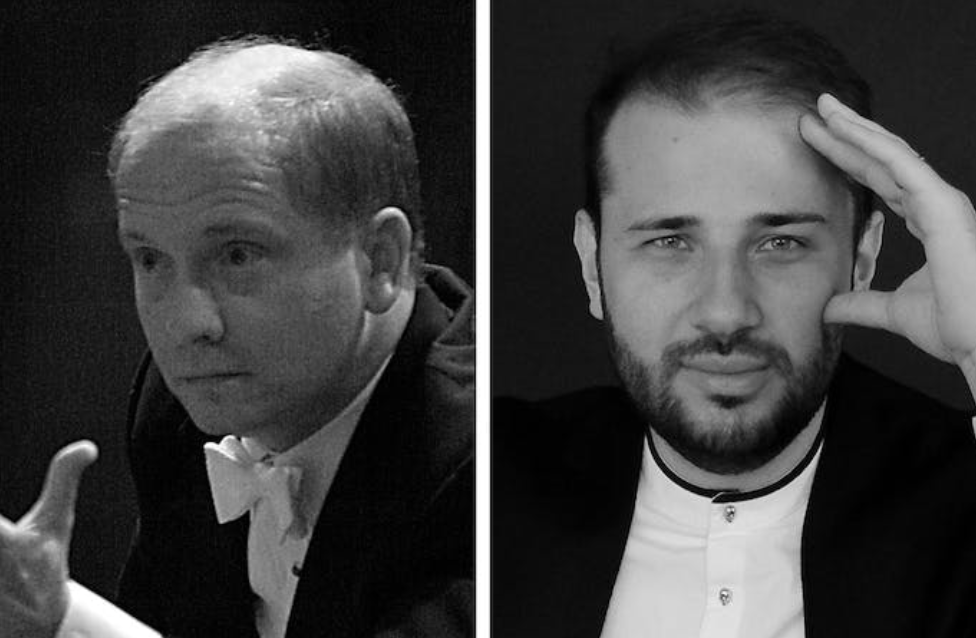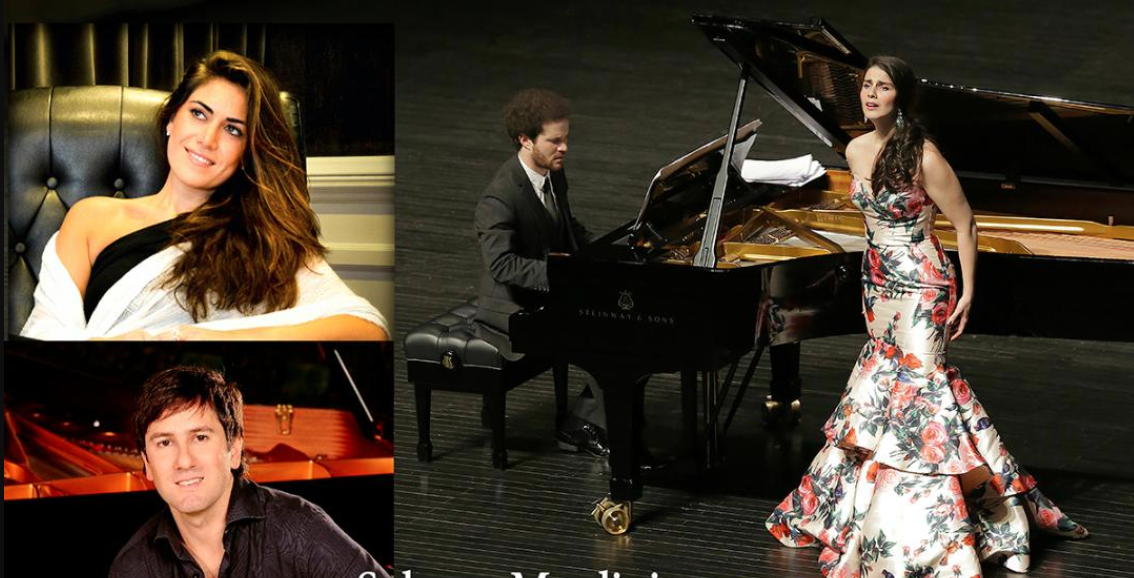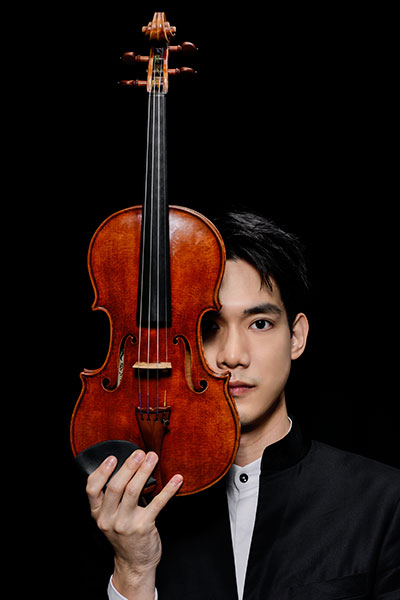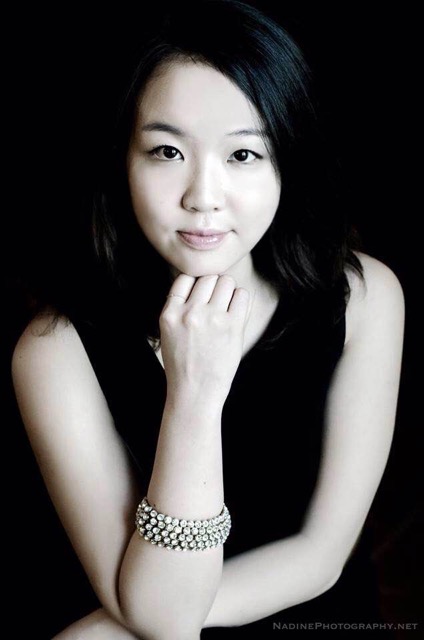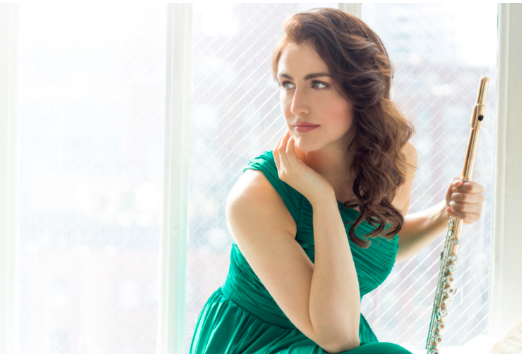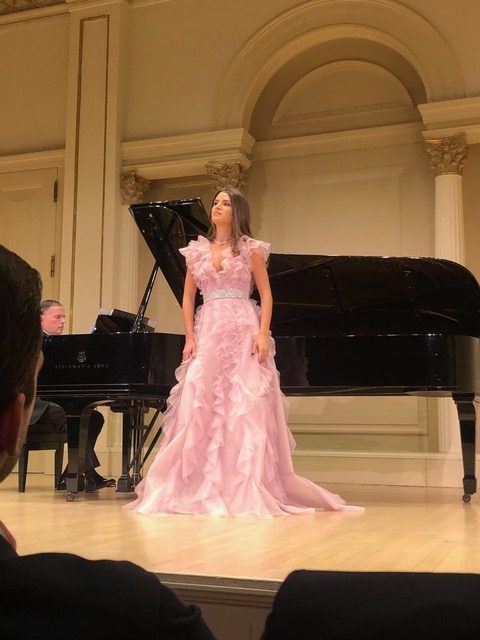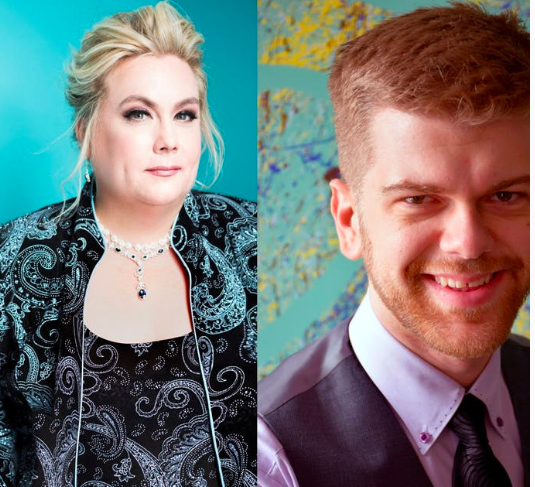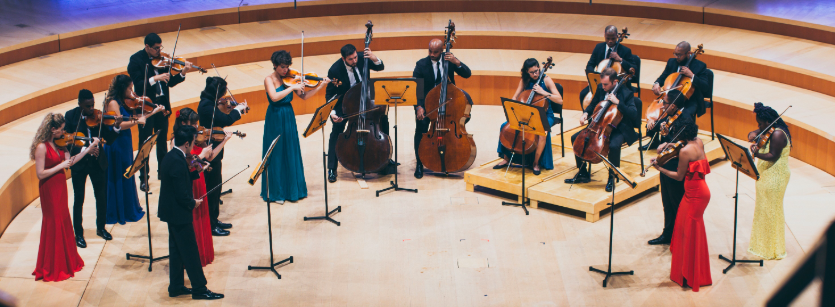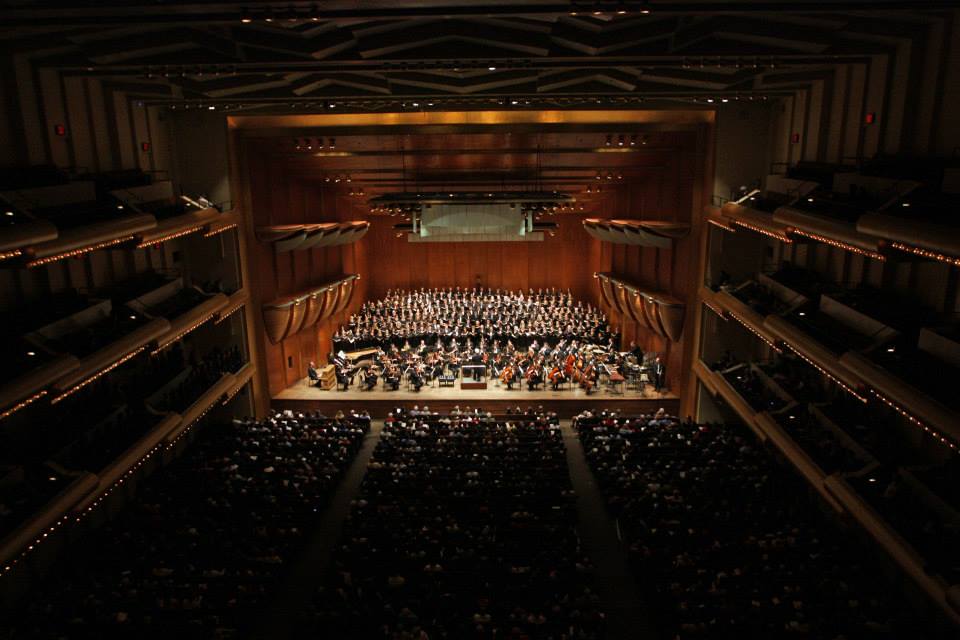Julia Johnstone, soprano
Artyom Pak, Piano
William R. and Irene D. Miller Recital Hall at the Manhattan School of Music, New York, NY
May 9, 2023
On May 9, 2023, soprano Julia Johnstone was presented in recital at the William R. and Irene D. Miller Recital Hall at the Manhattan School of Music in partial fulfillment of her Master of Music degree. Ms. Johnstone is a student of Ashley Putnam and coaches with Artyom Pak, who was her excellent accompanist. This review is based on a video recording of that recital.
The concert opened with a rousing rendition of Mozart’s concert aria Alma grande e noble core. I was immediately struck by the beauty of Ms. Johnstone’s voice, which is strong in all registers. The chest voice and the head voice blend perfectly, with no sign of the “break” which plagues so many female singers. Her high voice is produced with ease and her chest voice is strong and rich. Her coloratura is confident and sure. I would have liked to have heard more dynamic contrast between stressed and unstressed syllables of her Italian. Occasionally an isolated short note seemed to be imperfectly supported, which resulted in a slight insecurity of intonation. This latter issue seems to me to be something which she could easily correct, considering her fine technique.
The Mozart selection was followed by four songs by Liszt on texts by Schiller, Goethe, and Heine. I had to look up the names of the poets, as they were not listed on the program (more about this later). These songs were mostly slow to moderate in tempo. I would have liked more variety in the expression of the language. For instance, the opening words of Freudvoll und leidvoll, (happy and sad) sounded the same. A difference in tone color, vibrato, or dynamics would have been appropriate. While Ms. Johnstone obviously has studied German, more attention to vowel sounds – more distinction between the closed “u” of “du” and the open “ü” of “blühn” (in Mignon’s Lied) for instance, would have provided a more expressive rendition of the language. Die Loreley provided a vehicle for Ms. Johnstone’s fine dramatic sense which, no doubt, serves her well in the operatic repertoire.
After intermission we heard three songs by Francis Poulenc on poems by Louise de Vilmorin. On the first song, Le garçon de Liège, Ms. Johnstone seemed to be somewhat overbalanced by the piano. This was the only time in the concert when this happened. The final song, Aux officiers de la garde blanche, was particularly effective, as the sorrow of unrequited love became increasingly more poignant with each verse.
The recital ended with four songs by Benjamin Britten on poems by W.H. Auden. These songs, composed in 1937, when Britten was twenty-four years old, provided welcome exuberance after the brooding melancholy of the French set. As the words were in English, there was no printed text. This was problematic, as I will explain in the next paragraph.
The care which Ms. Johnstone took in her musical preparation was not reflected in the printed program. This is perhaps more the job of the staff of the Manhattan School than that of Ms. Johnstone. For the songs in Italian, German, and French only English texts were provided. This is a problem for several reasons. Having both texts side by side makes it possible to know where in the English text the singer is at any given moment. No matter how good a singer’s diction is, it is difficult to understand the texts of songs as they are being sung, whether or not the listener knows the language. Vowels are always modified on very high notes and there are often several notes one syllable, just to cite two challenges. The names of the poets, with the exception of Louise de Vilmorin, were not given. Another issue is the fact that Köchel and opus numbers were not given.
Singing at Ms. Johnstone’s high level is extremely difficult. Learning Italian, French and German, which all conservatory students in voice must do, is no easy task. Stage presence, acting, and movement are daunting. Making a printed program is easy. It makes me sad to be so critical of an event featuring such a fine singer. Ms. Johnstone has a big talent which she has worked diligently to cultivate. It seems that, in respect to the creation of the printed program she deserves to be better served by her school.
The encore was Pure Imagination from Willy Wonka & the Chocolate Factory by Anthony Newley and Leslie Bricusse.

